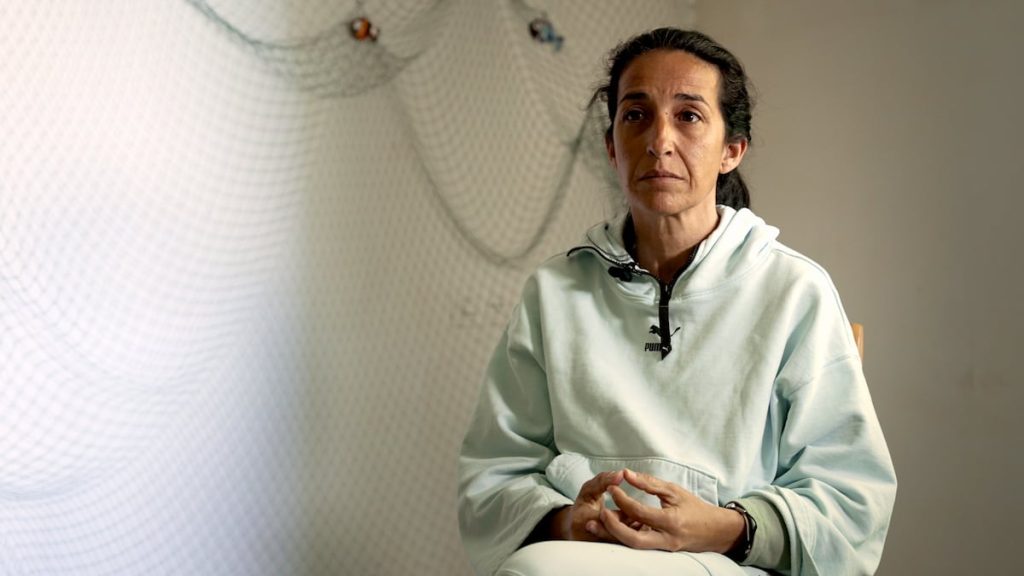The case of Polly Klaas, a 12-year-old girl who was kidnapped from her home in Petaluma, California in 1993, had a significant impact on the criminal justice system, leading to tougher penalties not only for murder but also for lesser crimes, disproportionately affecting black and mentally ill populations. The media coverage of the Klaas case fueled a popular interest in true crime stories and documentaries, as the image of a middle-class blonde girl heightened fears of home invasion by strangers in American society. Polly’s sister, Annie Nichol, reflected on the constant media exploitation of her sister’s tragic death in an article for The New York Times, revealing how it had condemned her family to a life without peace. Despite being approached for details about her sister’s murder, Nichol guards their intimate memories and writes about the appropriation of grief and the vengeful desires that true crime narratives tend to provoke.
Patricia Ramírez, the mother of Gabriel Cruz, an eight-year-old boy who was murdered by his father’s partner in 2018, recently pleaded for help to prevent her son’s image from becoming the inspiration for a television series, emphasizing that their story is not a form of entertainment but a lived reality that deserves respect and privacy for their grieving process. The prevalence of true crime stories, particularly those involving young victims or with a sexual component, highlights society’s morbid curiosity and the voyeuristic allure of tragedy. While some may justify their interest in exploring the depths of human evil, the underlying motivation often parallels historical public spectacles of violence, feeding on fear for others’ misfortune and relief in one’s safety. The visual packaging of these crimes as sophisticated narratives may attract audiences, but the core desire remains the same: to distance oneself from the horror and be grateful for not being the ones directly affected by it.
The allure of true crime series is undeniable, with many achieving commercial success and being treated as sacred entertainment commodities. While Patricia Ramírez calls for legislation to protect the privacy and dignity of victims and criminals alike, a plea for sensitivity and ethical consideration in the production and promotion of these narratives seems equally necessary. The exploitation of real tragedies for dramatic effect and suspense raises ethical questions about the boundaries between entertainment and exploitation, urging a more conscientious approach to handling real-life stories and respecting the humanity of all involved. The disconcerting celebration of viewership success at the expense of real human suffering underscores the need for a more empathetic and responsible engagement with true crime content in popular media.
The relentless pursuit of true crime content, fueled by our morbid curiosity and desire for sensational narratives, raises questions about the ethical implications of our voyeuristic consumption of other people’s pain and suffering. The proliferation of true crime stories, particularly those involving vulnerable victims and heinous acts, exposes a darker side of our fascination with human evil and tragedy, blurring the line between entertainment and exploitation. As viewers, we must critically examine our motives for engaging with these narratives and consider the impact they have on the lives of those affected by these crimes, urging a more compassionate and respectful approach to storytelling and media representation. Ultimately, the stories of Polly Klaas, Gabriel Cruz, and countless others serve as poignant reminders of the human cost of violence and the enduring need for empathy, healing, and justice in our society.


